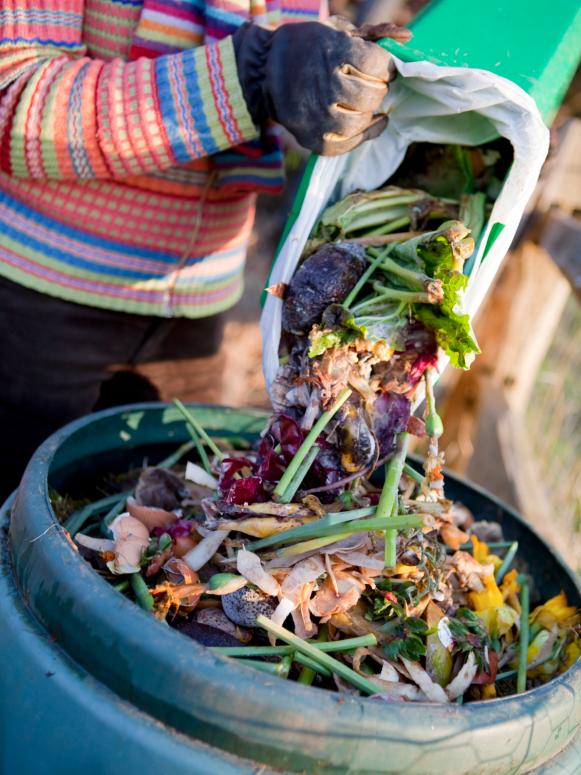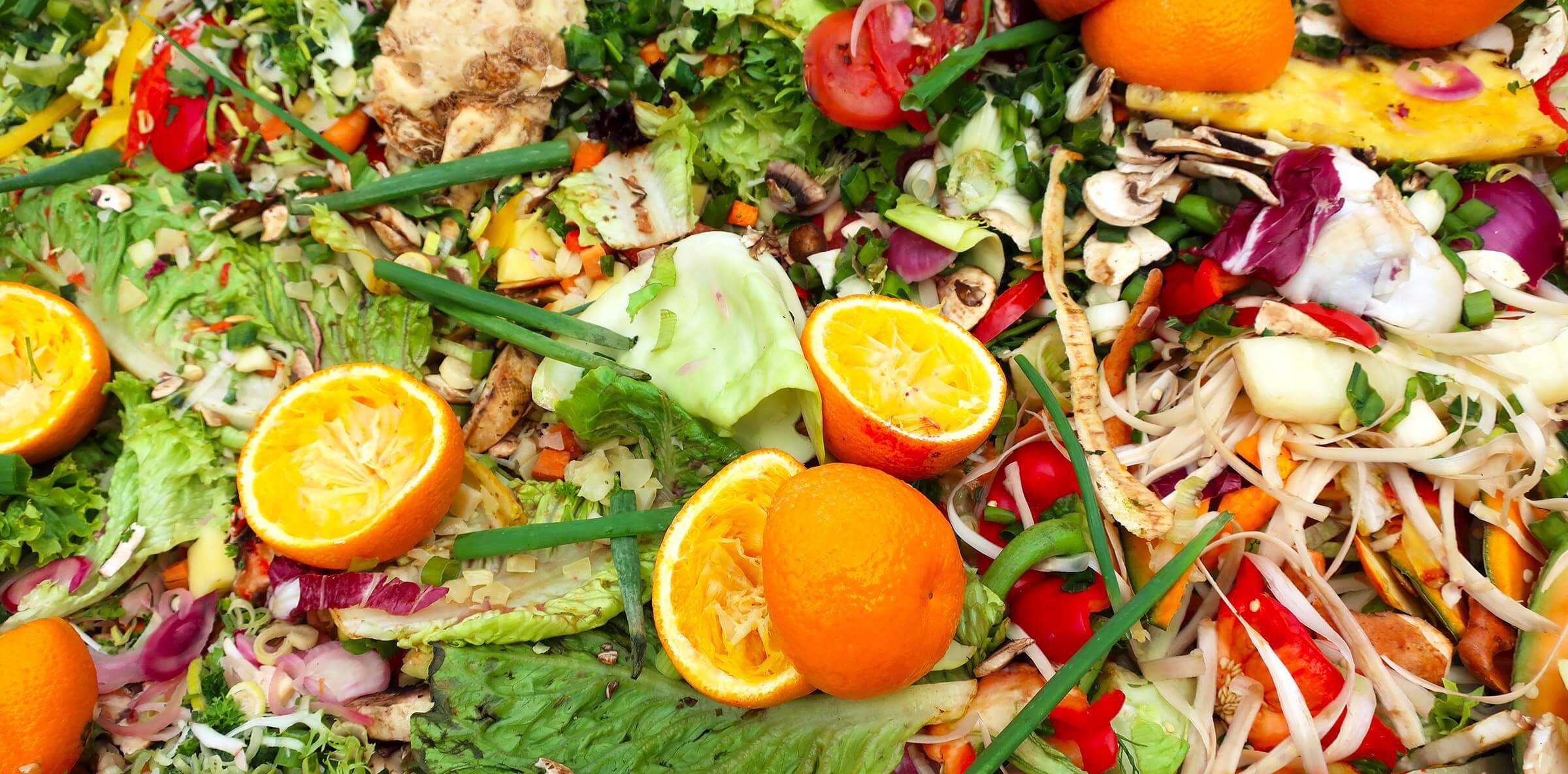Master Home Composting: Transform Kitchen Scraps Today

Imagine turning your kitchen scraps into nutrient-rich soil for your garden. Sounds like magic, right? Well, it's not just magic; it's science, and it's called composting. If you're wondering how to compost kitchen scraps at home, you've come to the right place. This guide will walk you through the process, from understanding the basics to setting up your compost bin and maintaining it for optimal results. Let's dive in and turn your organic waste into black gold!
Understanding the Basics of Composting
Composting is nature's way of recycling. It's a biological process where organic waste decomposes into humus, a rich soil amendment. This process is driven by microorganisms that break down the waste, generating heat and eventually producing compost.
Why Should You Compost?
In an era where sustainable living is more important than ever, composting is a game-changer. It reduces waste sent to landfills, conserves resources, and creates a valuable product for your garden. Plus, it's a rewarding hobby that connects you with nature.
The Science Behind Composting
Composting relies on a balance of carbon (browns) and nitrogen (greens). Browns include materials like dry leaves, straw, and shredded paper. Greens are your kitchen scraps, grass clippings, and coffee grounds. The key is to maintain a ratio of about 3:1 browns to greens. Think of it like a balanced diet for your compost pile!
Setting Up Your Compost Bin
Ready to get started? Let's set up your compost bin. You can purchase a bin or build your own. Here are some options:
Types of Compost Bins
- Plastic Bins: These are affordable and easy to use. They often come with lids and are great for small spaces.
- Wire Mesh Bins: These are simple and inexpensive. Just wrap wire mesh into a cylinder and secure it.
- Wooden Bins: These can be more aesthetically pleasing and are perfect for backyard composting.
- Tumblers: These are barrel-shaped bins that rotate, making it easy to mix your compost.
Location Matters
Place your bin in a shady spot with good drainage. Avoid direct sunlight, as it can dry out your compost. Also, keep it away from trees, as the roots might interfere with the process.
What Can You Compost?
Not all kitchen scraps are created equal. Here's a quick guide:
Compostable Items
- Fruit and Vegetable Scraps: Peels, cores, and trimmings.
- Coffee Grounds and Filters: A great source of nitrogen.
- Eggshells: Crush them to speed up decomposition.
- Yard Waste: Leaves, grass clippings, and small twigs.
What to Avoid
- Meat and Dairy: These can attract pests and create odors.
- Diseased Plants: They can spread diseases to your garden.
- Pet Waste: It can contain harmful pathogens.
Maintaining Your Compost Pile
Composting isn't a set-it-and-forget-it process. You need to nurture your pile to ensure it breaks down efficiently.
Aeration and Moisture
Your compost pile needs oxygen and moisture. Turn the pile regularly to introduce air and keep it as moist as a wrung-out sponge. Too dry, and the process slows down; too wet, and it becomes smelly and anaerobic.
Temperature Monitoring
A healthy compost pile will heat up as microorganisms break down the materials. Use a compost thermometer to monitor the temperature. When it starts to cool down, it's time to turn the pile.
Troubleshooting Common Issues
- Odors: Usually a sign of too much moisture or not enough air. Turn the pile and add more browns.
- Pests: Attracted by food scraps. Ensure you're not adding meat or dairy, and bury food scraps deep within the pile.
Harvesting and Using Your Compost
After a few months, your compost should be ready. It will look like dark, crumbly soil and have an earthy smell.
When Is It Ready?
Compost is ready when it's cool, dark, and has no recognizable food scraps. It should have a pleasant, earthy aroma.
How to Use Compost
- Garden Beds: Mix it into your soil to improve structure and fertility.
- Potting Mix: Add it to your potting soil for a nutrient boost.
- Mulch: Spread a thin layer around plants to suppress weeds and retain moisture.

Embracing Sustainable Living
Composting is more than just a way to deal with organic waste; it's a step towards sustainable living. By reducing waste and creating a valuable resource, you're contributing to a healthier planet.
The Environmental Impact
Composting reduces methane emissions from landfills and conserves resources. It also improves soil health, which supports plant growth and sequesters carbon.
Community Involvement
Join local composting initiatives or start a community compost pile. Sharing knowledge and resources can amplify the impact of your efforts.
Conclusion
Mastering home composting is a rewarding journey that turns kitchen scraps into garden gold. By understanding the basics, setting up your compost bin, and maintaining your pile, you can transform organic waste into a valuable resource. Embrace sustainable living and watch your garden thrive with homemade compost. So, are you ready to start your composting adventure? Click here to learn more and get started today!

FAQs
How long does it take to make compost? The time varies depending on the materials and conditions, but it typically takes 2-9 months.
Can I compost in the winter? Yes, you can compost year-round. The process slows down in cold weather, but it will resume as temperatures rise.
What if my compost pile attracts pests? Ensure you're not adding meat or dairy, and bury food scraps deep within the pile. You can also use a bin with a secure lid.
How do I know if my compost is ready? Compost is ready when it's cool, dark, and has no recognizable food scraps. It should have a pleasant, earthy aroma.
Can I compost if I live in an apartment? Yes, you can use a small indoor composter or a worm bin (vermicomposting) for apartment composting.
0 Response to "Master Home Composting: Transform Kitchen Scraps Today"
Post a Comment